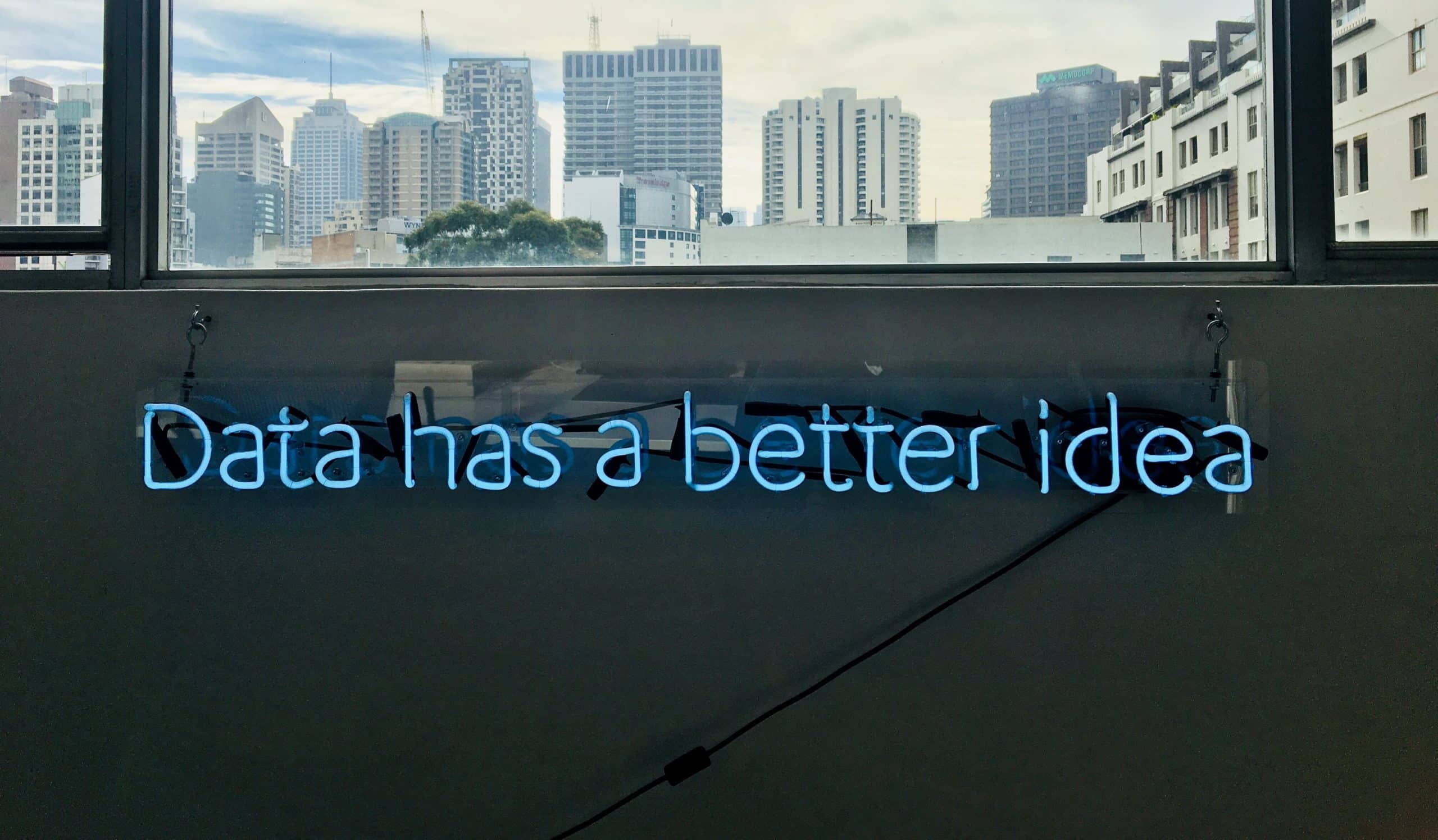Some sociologists predict that we are headed for an economic boom in the next decade, a period where growth rhymes with confidence seeing a rapid surge in major transformation projects… However, let us not get carried away with this transformation spree. With fierce competition around, simply boarding the “market” train isn’t enough to reach the “growth” destination; you need to make sure you board the right transformation train. Sure, but which one? Is it the one on the agility track on the way to resilience or is it the collective intelligence track specific to the new generation organizations located at the end of the platform?
For a smooth ride toward growth, companies can turn to software vendors and ERP system integrators. Going from an outdated “steam engine” planning system to a “high-speed” informed decision-making capability in the Cloud, companies now have the means to deliver on their ambitions. But does that really mean they’ll get to the right destination on time?
A train may be hiding another: headlights on when changing tracks
Companies embarking on a transformation journey are likely to venture down a path of uncertainties unsure if this path will lead to profitability. Unless of course you know which car of the transformation train to board with agility and precision.
We do not need to explain what agility means anymore, as this is a widespread and understood notion by at least those who are involved or familiar with digital transformation. This ability to adapt has now become a vital imperative. According to the “Accelerating Digital Agility” study conducted worldwide by Censuswide on behalf of Cisco, the top priorities for CIOs are cybersecurity and business agility. However, trying to mold one’s transformation to cater to the market opportunities in due time and without failure is not an easy task. And why?
First comes technology. Having a scalable next-generation IT infrastructure helps anticipate the potential technological evolutions. Without that kind of visibility, trying to lead a successful transformation is next to impossible. In other words, technology agility is a definite prerequisite for operational agility.
Agility has to be thought through for and with the new generation of CIOs, the change generation. Born and bred on agility, these CIOs have a natural knack for risk taking. This particular quality, combined with the maturity and wisdom of the more experienced generations, help them define a new equilibrium amid this impermanence. Generational agility inevitably leads to business transformation agility.
With agility comes the industry-specific IT infrastructure that supports the business of the company.
Imagine being in first class with no seat or window; obviously no comfort to speak of, but above all it is the thrill of traveling that just fizzles away. ERP systems today address all the specific needs of businesses, be it industry-related, such as manufacturing for instance or decision-maker related such as HR related. This advanced feature allows for ease-of-use, fosters buy-in and brings efficiency all at once.
So agility and industry-specific expertise are definitely a must-have. However, there is one essential component missing which is the human factor. You cannot travel solo when on your Digital Transformation journey.
CIO turned Station Master
Crafting and enacting a digital transformation project is a complex undertaking. The train traffic at the Growth railway station is intense. There are several trains, different kinds of trains, coming and going at the same time, at different speeds, trains of different sizes and so on…
But, even if agility and industry-specific expertise do clear up the tracks, shouldn’t we be looking at the bigger picture?
From the beginning of a project with the specifications sheet to the building and integrating of the IT infrastructure right through to getting all the stakeholders on board, a project lifecycle remains the same. All the trains need to be stationed and ready on their respective tracks for the change management process to run as scheduled and on time. Simple right? As a passenger, it goes without saying but as a CIO it is a completely different story.
Stating the obvious, all trains have a destination represented by a train station. But it’s not only the actual train station it’s everything else that goes with it i.e. the conductors of the trains, the train station personnel and so on. More than just the needed agility and industry-specific requirements, a digital transformation project, a successful digital transformation project that is, encompasses the big picture as a whole, from beginning to end.
The more the synergies converge, the more chances we have of arriving on time.
Each phase of a transformation project comes with its own share of uncertainties. To overcome any potential delays, CIOs have to work with all of the stakeholders of the company to try and turn all the adverse external events into opportunities in real time. In fact, it comes down to having them personalize the IT system through the adoption of dedicated applications. During the lockdowns for example, trade companies adapted their business by developing their online business or e-commerce websites. Being able to quickly adapt to changing economic circumstances and seizing these opportunities requires both sharp business acumen and collaborative skills. Collaborating at each step of the transformation journey is a “must” for any CIO turned Station Master.
In a digital transformation, what separates success from failure is increasingly blurred and complex. Of course, CIOs can go at it on their own and obviously go faster doing so. But, it is only collectively that they can push further and beyond.
The end of the lockdown period, with traffic on the rise, signal and switching errors have immediate consequences. We should maybe trust the CIOs to help us avoid such a situation.
By Vicheth Suong, MACQ Director at Prodware
Article initially published in IT Social






